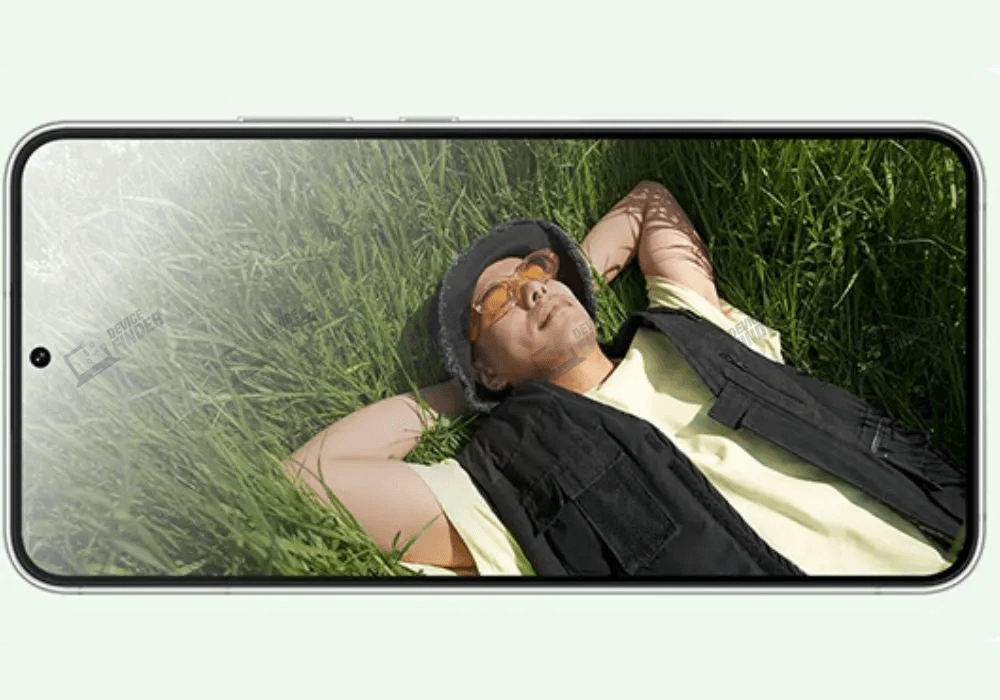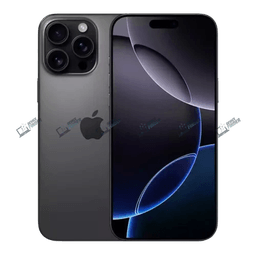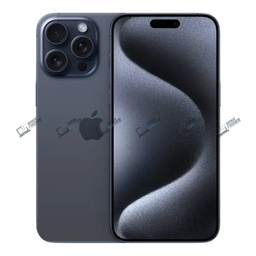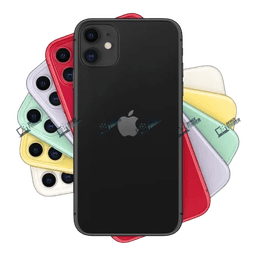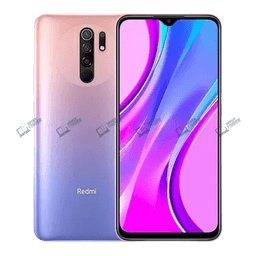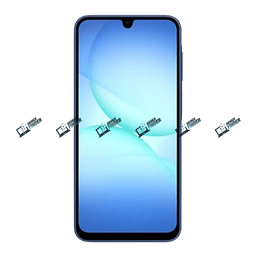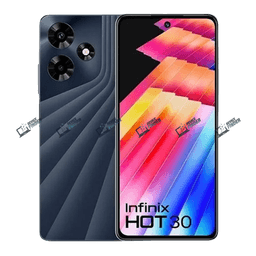Dynamic AMOLED is Samsung’s most advanced display technology. The technology builds upon the traditional AMOLED display by supporting HDR10+, dynamic tonal mapping and Blue Light Reduction. The result is more vivid colors, darker blacks and improved eye comfort. Dynamic visuals are adaptive and adjust to content in real-time.
Evolution from AMOLED to Dynamic AMOLED
At first, AMOLED screens made smartphones thinner and colorful. They had some drawbacks, such as poor visibility outdoors and eye fatigue after prolonged use. In 2019, Samsung began upgrading AMOLED display to Dynamic AMOLED, starting with the Galaxy S10. The upgrade brought enhanced color accuracy better control of brightness and adaptive display performance. Leading brands now use the same technologies in their flagship models.
Smartphone users in Bangladesh in 2025
Display quality will be a major factor in smartphone usage in Bangladesh in 2025. The screen can make or break a mobile device. The dynamic AMOLED provides crystal clear visuals and improved power efficiency. It also ensures comfort at night for reading. This display offers a great upgrade for Bangladeshi users that regularly watch high-quality video and play games.
